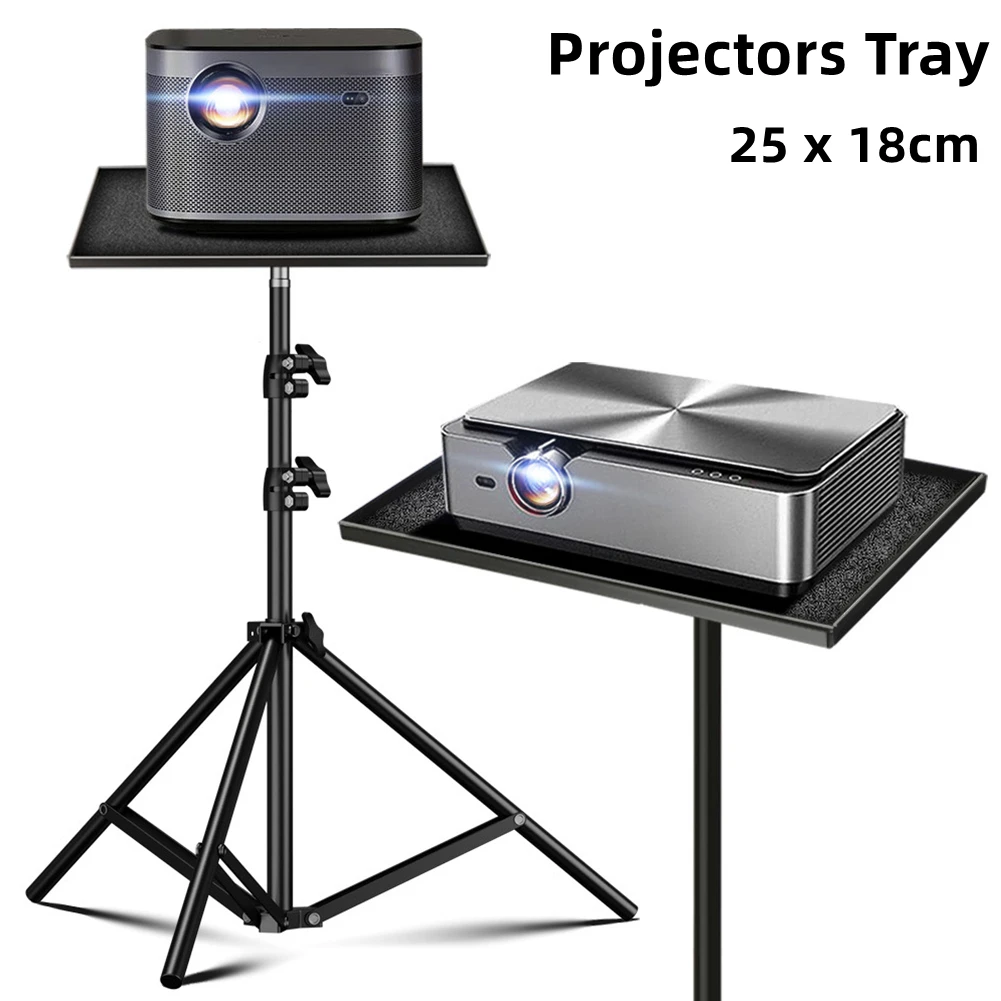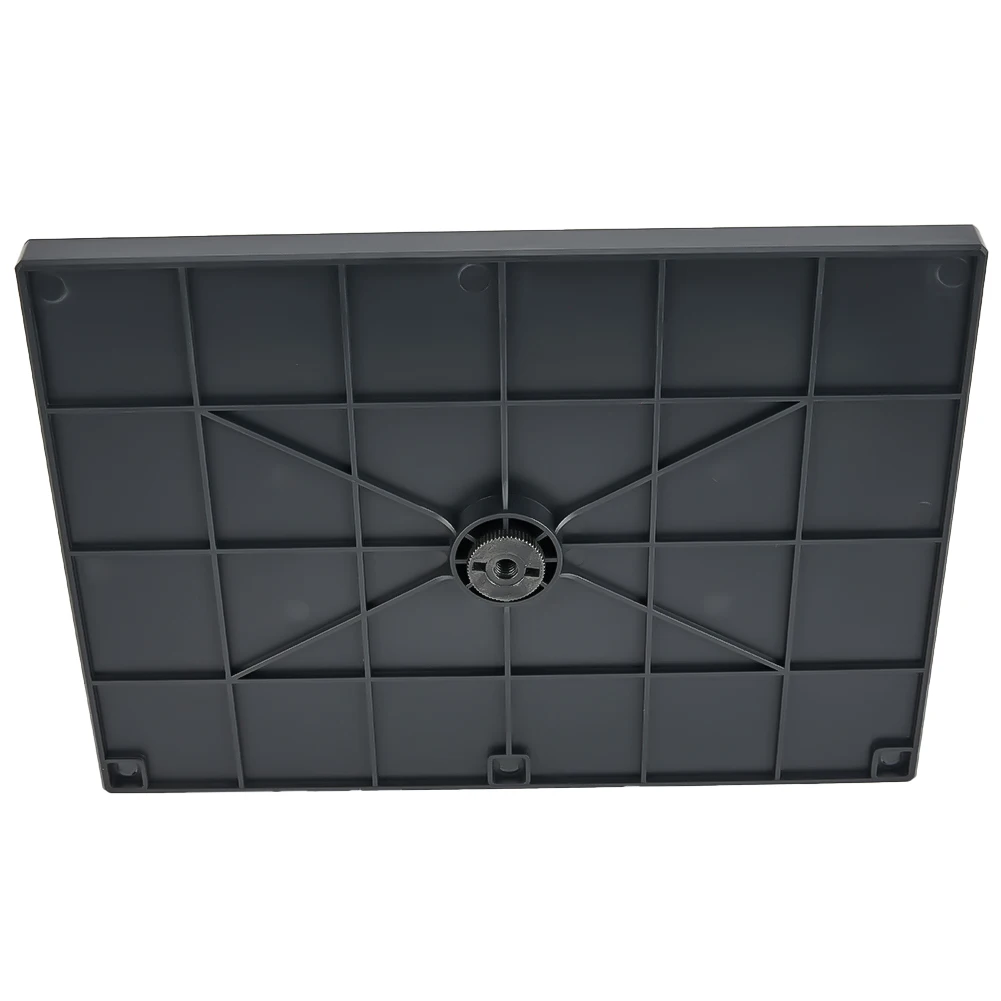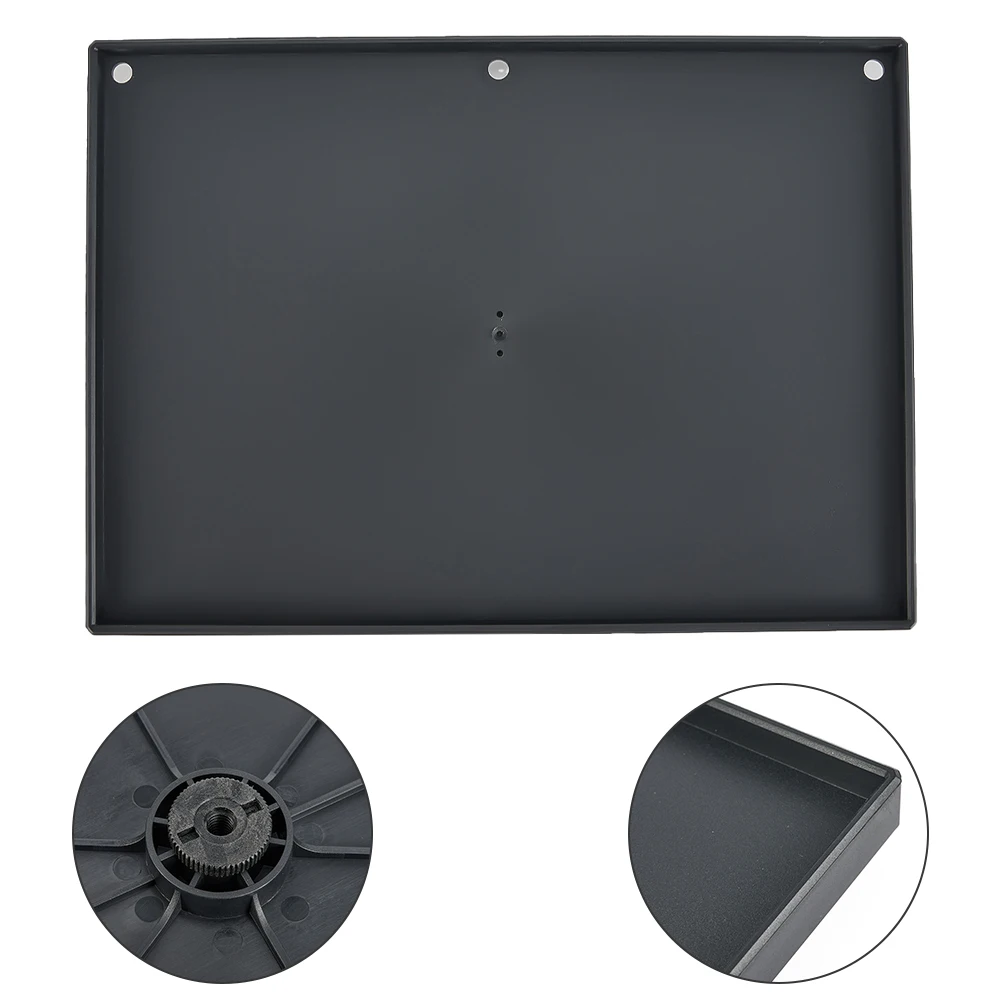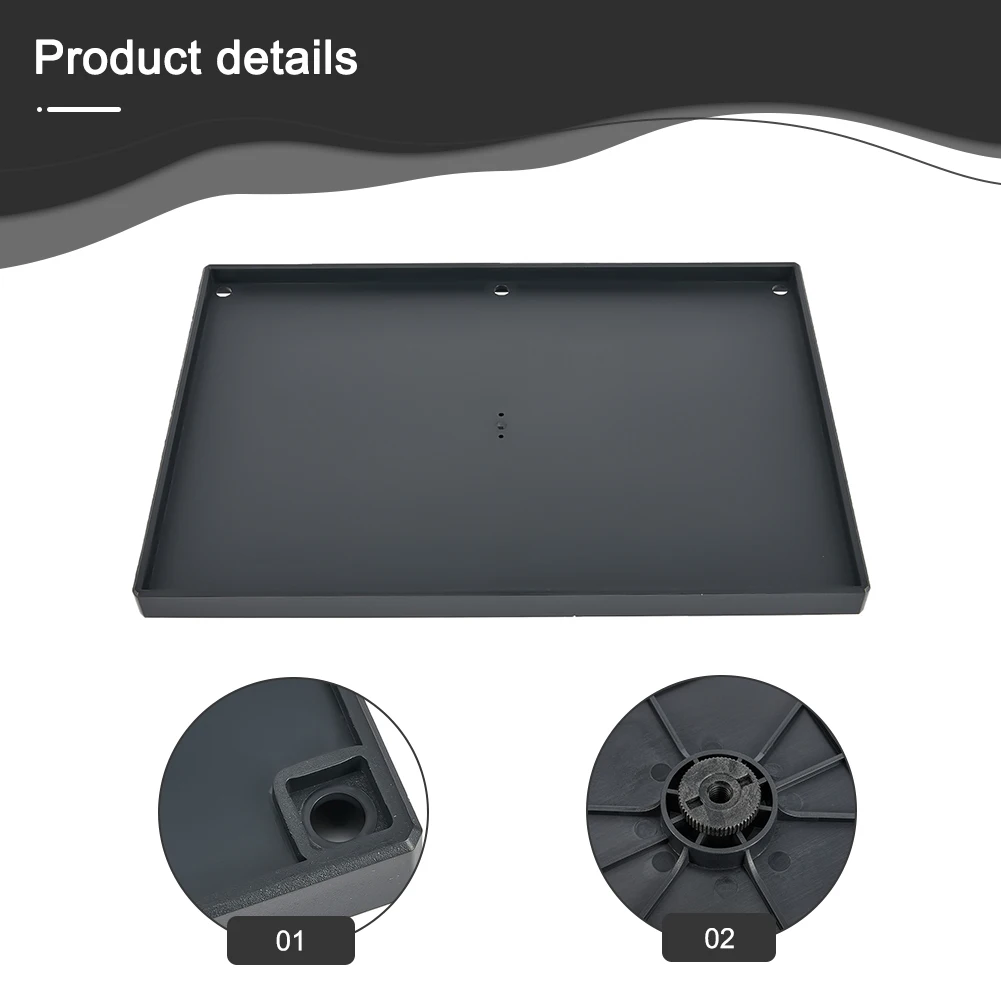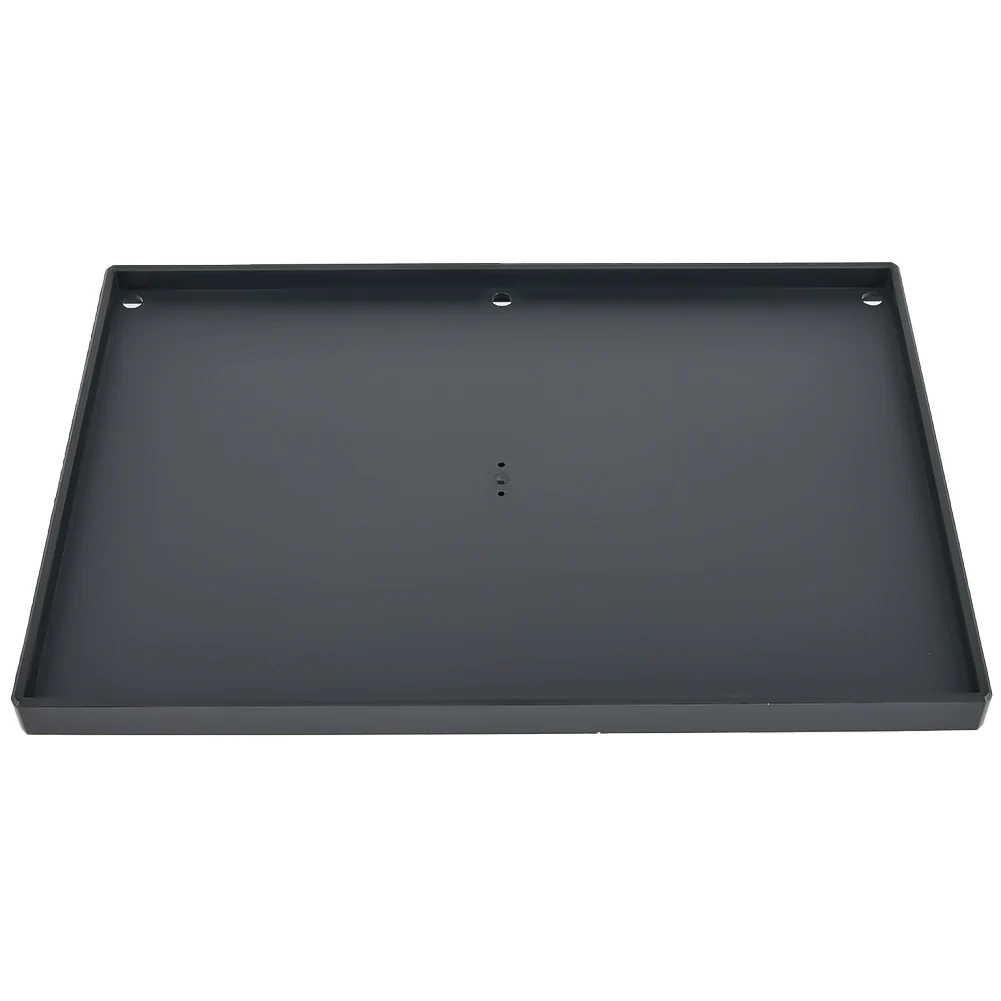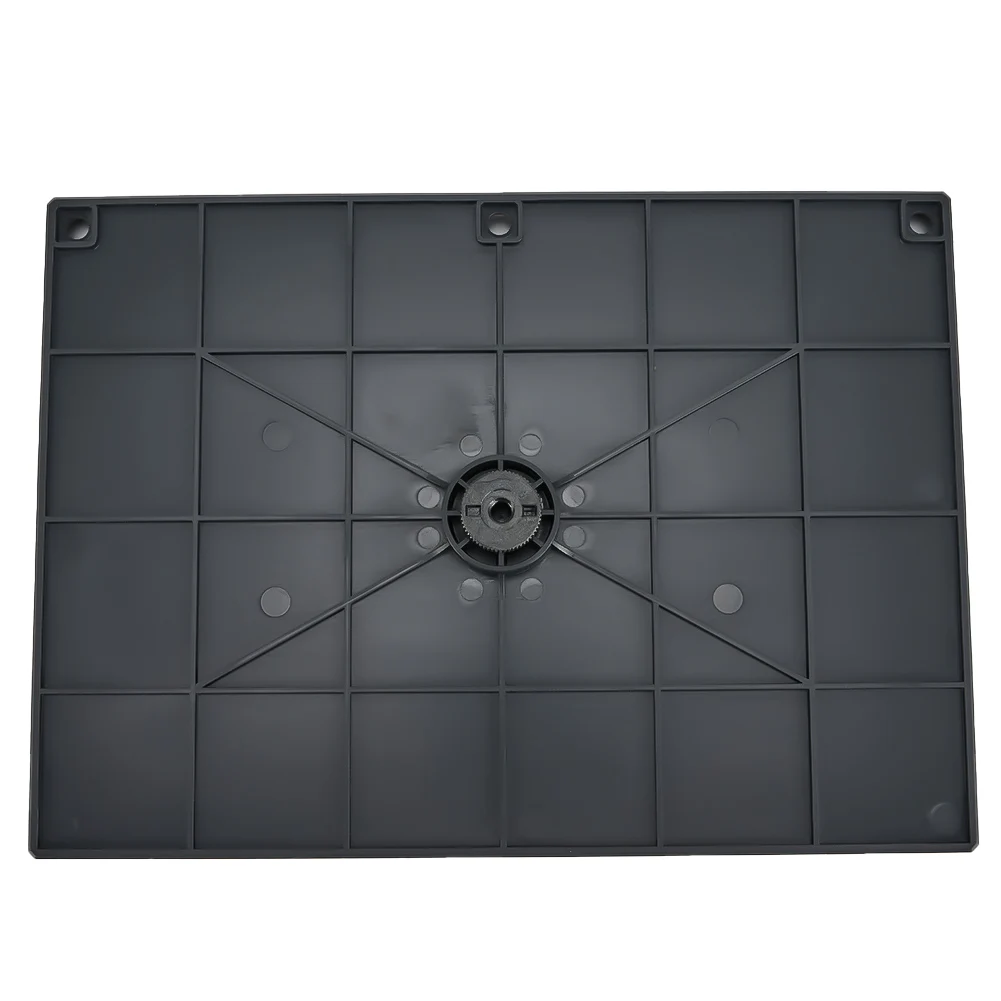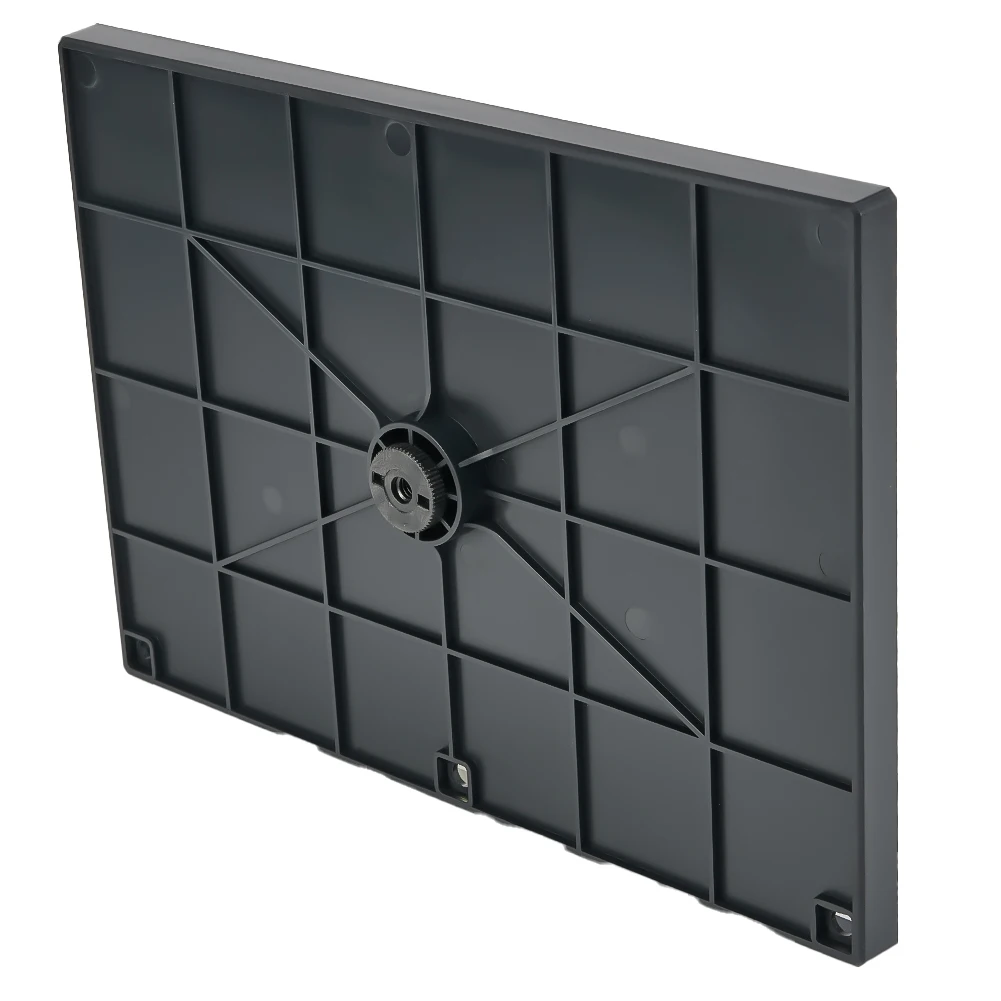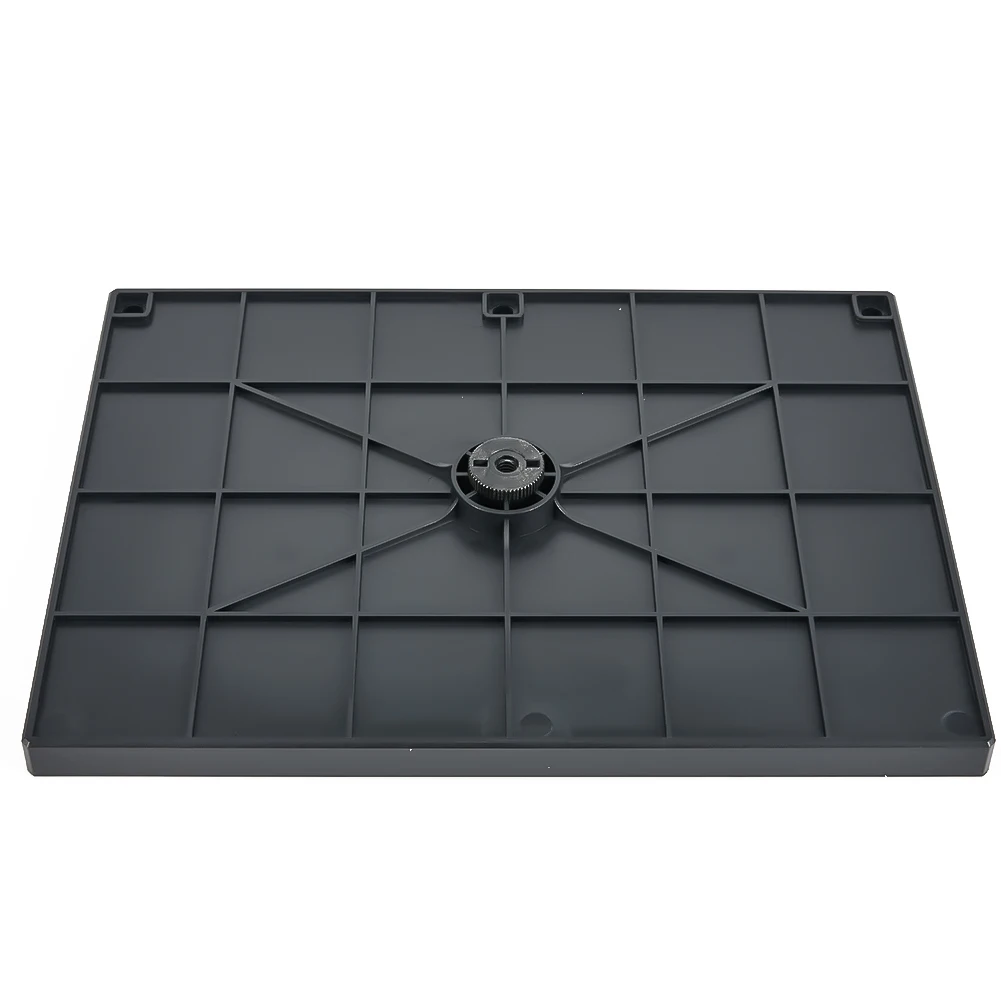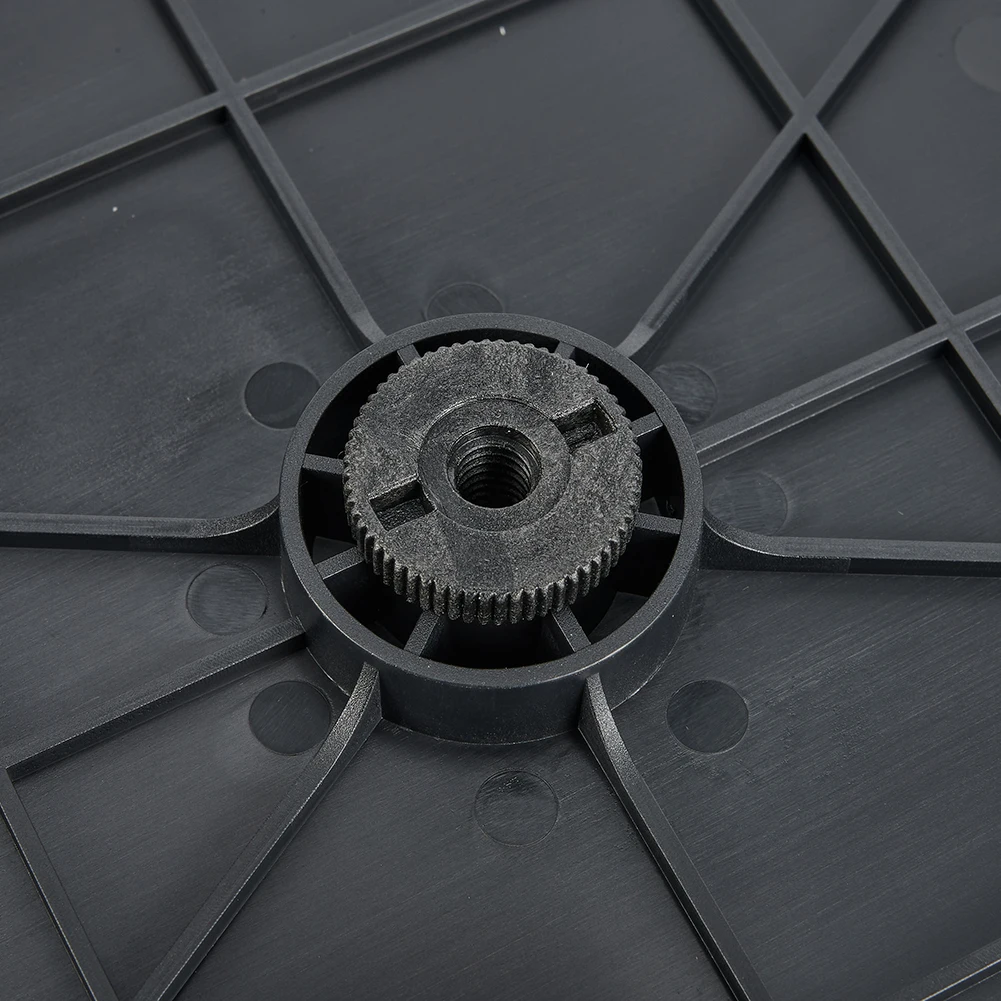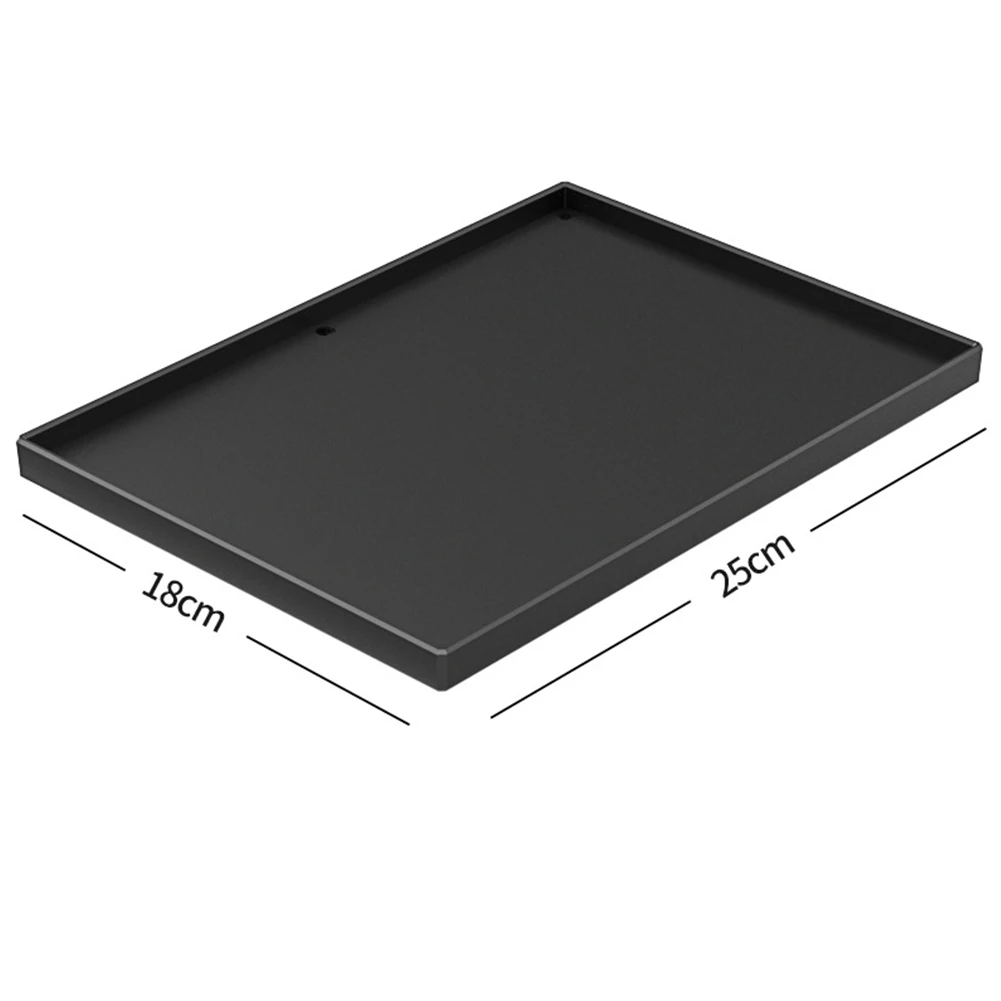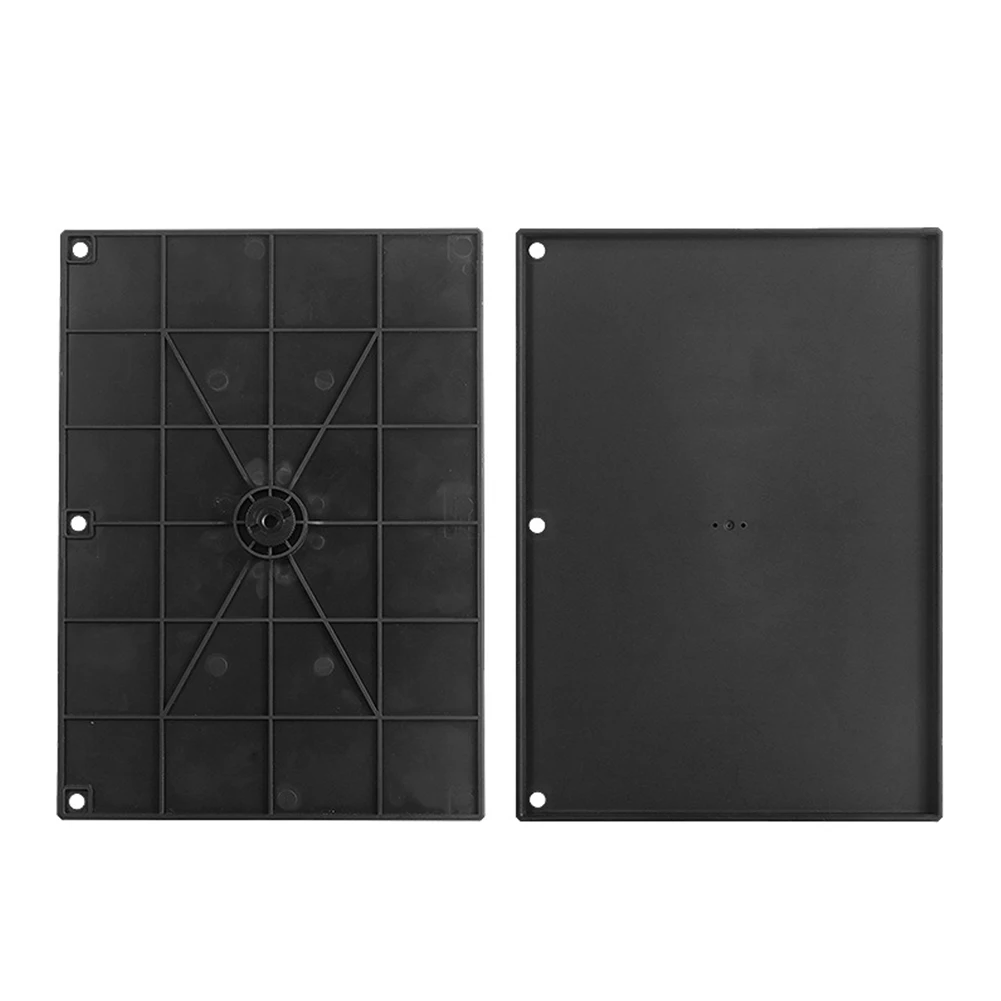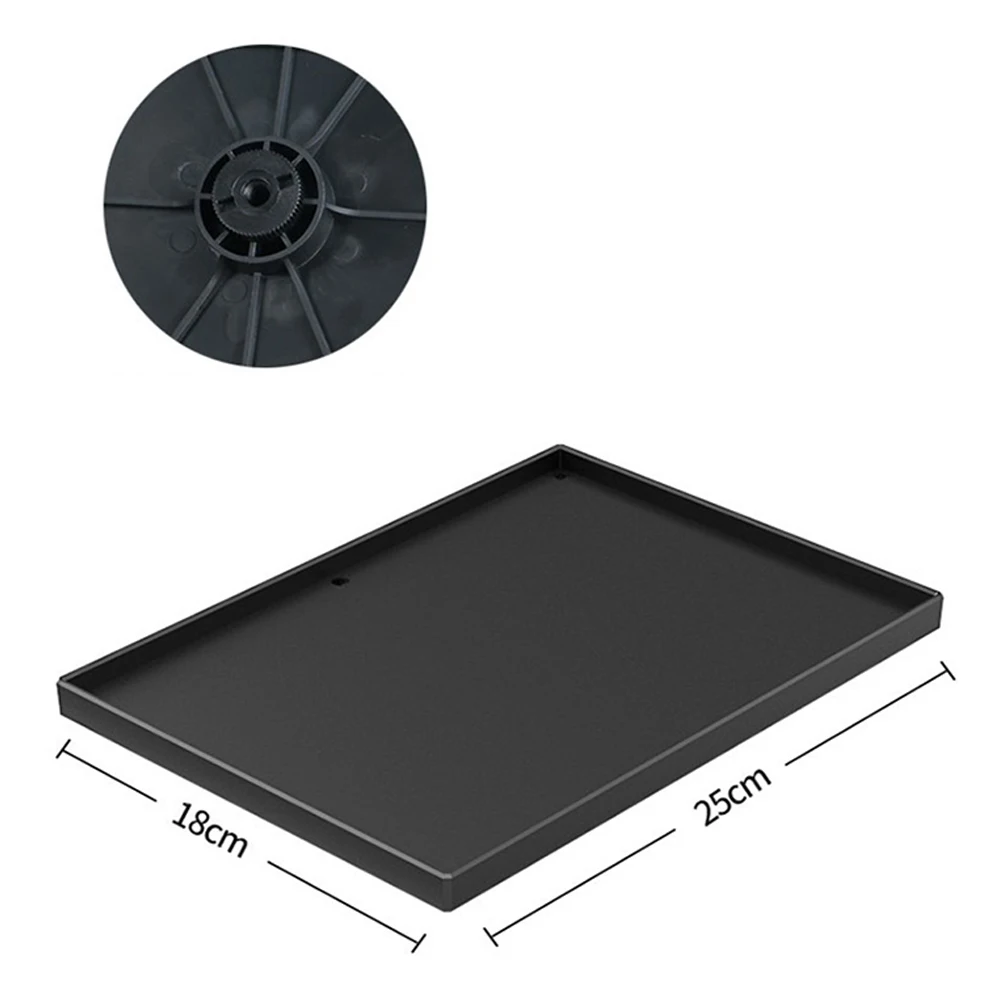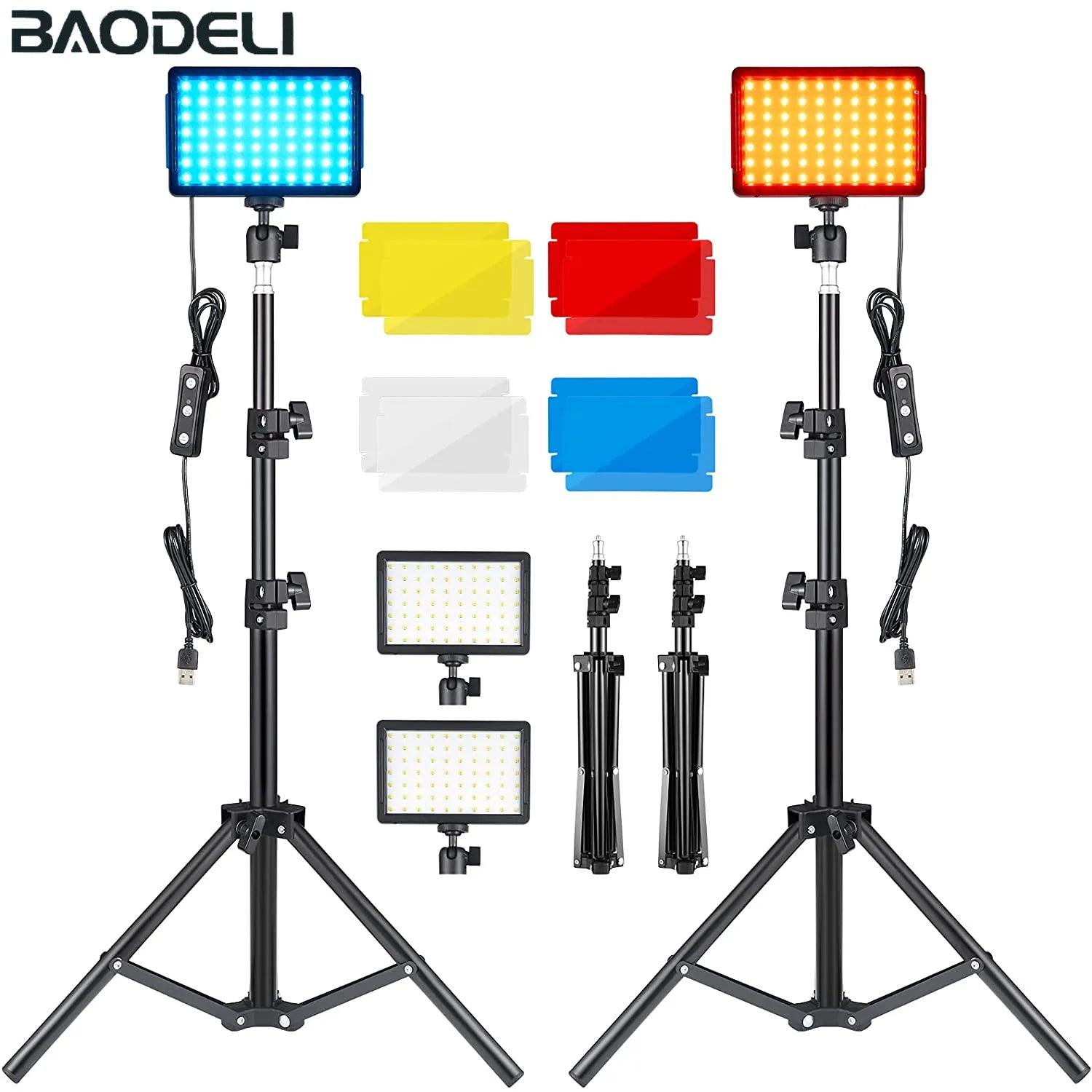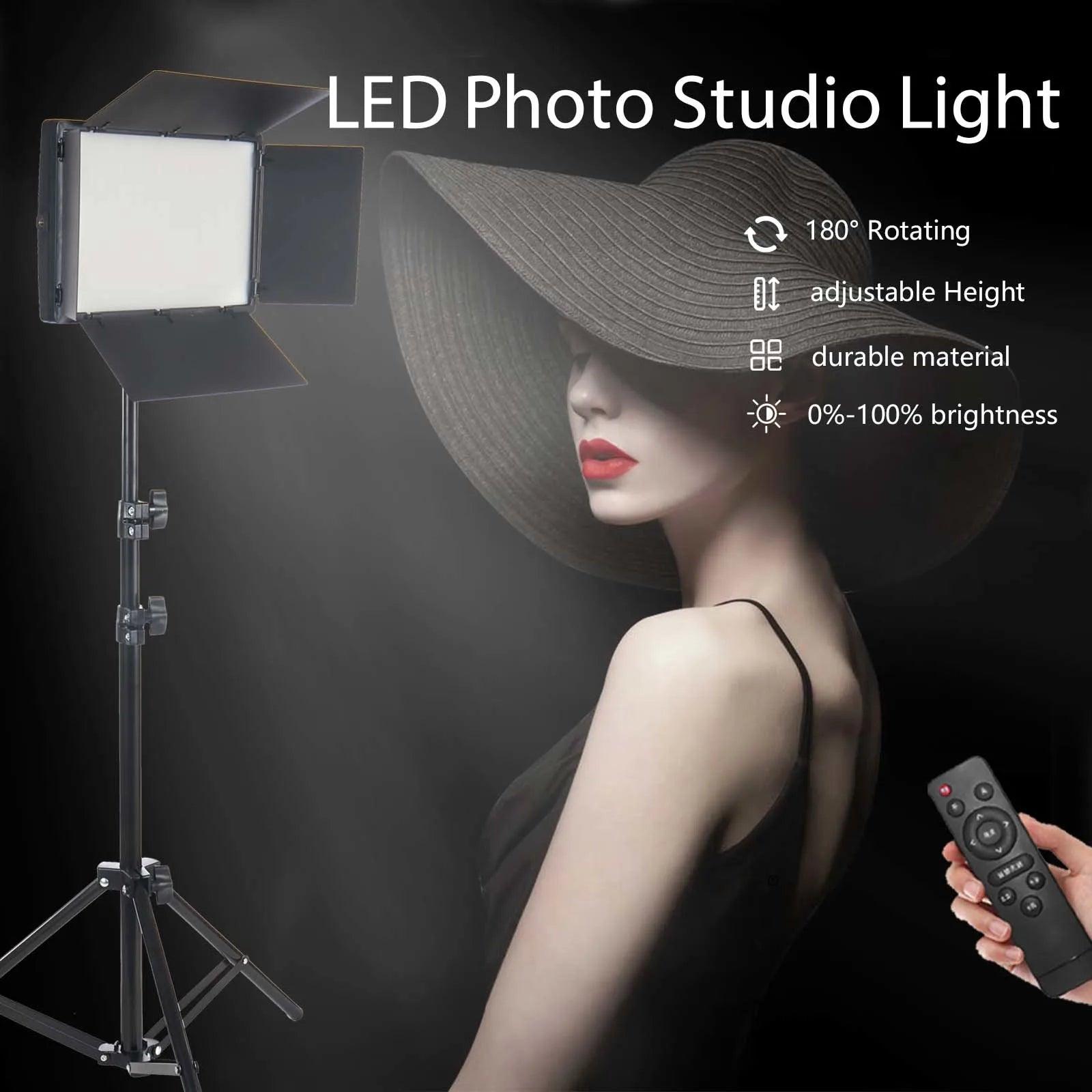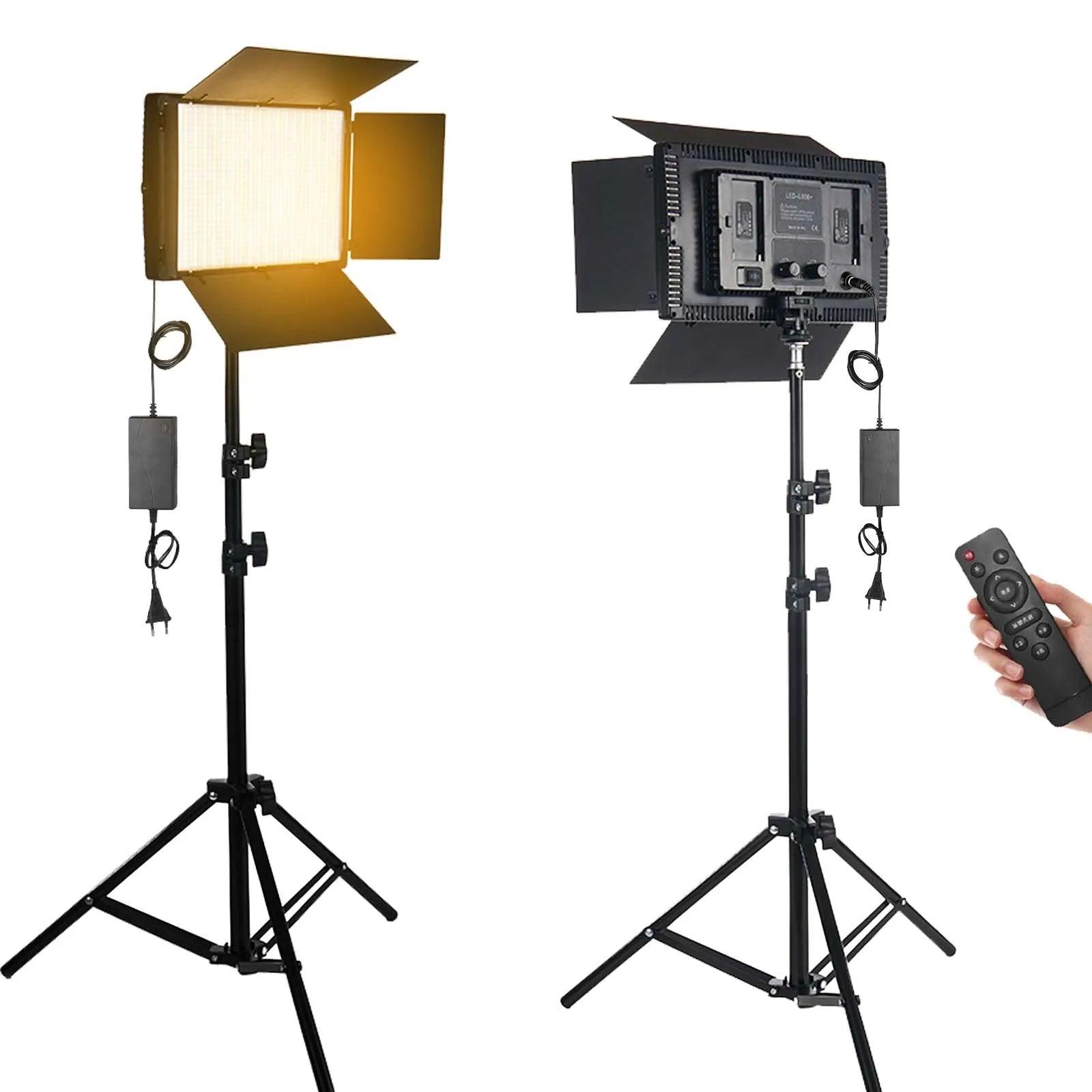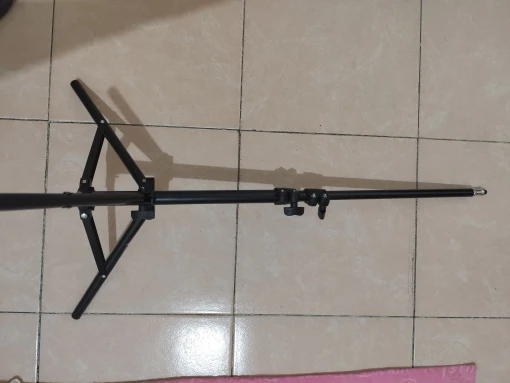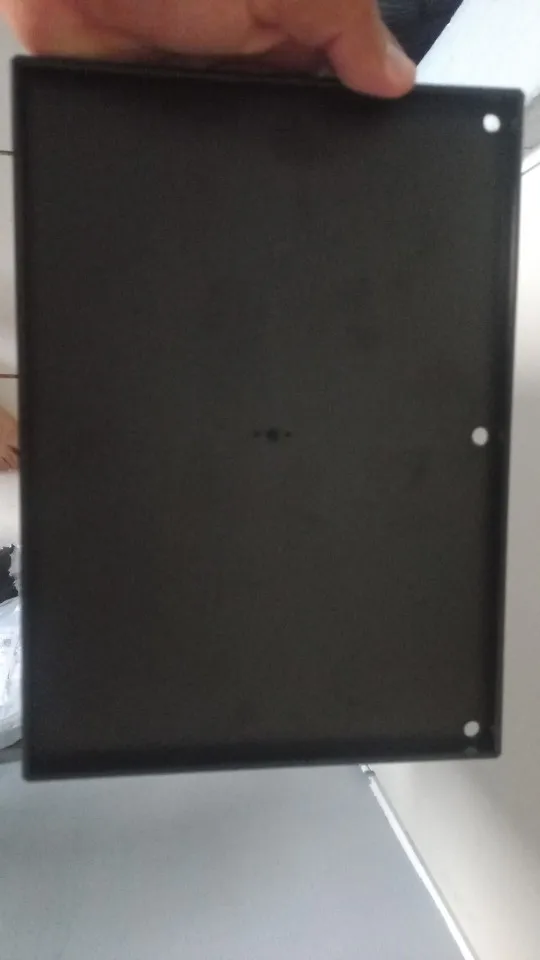The Ultimate Guide to Choosing the Perfect Tripod Stand
In the world of photography, stability is the key to capturing stunning images. Whether you are an aspiring photographer or a seasoned professional, understanding the importance of a reliable tripod stand is essential to enhance your craft. A tripod not only helps to achieve sharper images but also unlocks creative opportunities like long exposure shots and panoramic photography.
This blog post will guide you through everything you need to know about tripod stands. From selecting the best tripod for photography to understanding the various features that can make a significant difference in your shooting experience, we’ve got you covered. We will delve into the criteria that make up a high-quality portable tripod stand, ensuring you choose a model that suits your specific needs.
Additionally, tripod stand reviews will be featured to help you make informed decisions based on firsthand experiences and expert opinions. Whether you’re shooting breathtaking landscapes, family portraits, or intricate macro shots, learning how to use a tripod effectively can drastically improve your photography game.
So if you’re ready to elevate your photographic journey, read on as we explore the intricate details of tripod stands and equip you with the knowledge needed to choose and utilize the right one for your adventures! Your path to stunning photography starts here!
```
Key Takeaways:
- Types of Tripod Stands}
- Benefits of Using a Tripod Stand}
- Choosing the Right Tripod Stand}
- Care and Maintenance of Tripod Stands}
- Accessories for Tripod Stands}
Types of Tripod Stands
1. Camera Tripods
Camera tripods are perhaps the most common type of tripod stand. They are primarily designed for photographers who need stability and precision in their shots. Camera tripods come in various styles and materials, making it essential to consider your specific needs when selecting the best tripod for photography.
Features:
- Height Adjustment: Most camera tripods offer adjustable legs and a center column, allowing you to shoot from different angles.
- Weight Capacity: It's critical to choose a tripod that can hold the weight of your camera and lens combination.
- Head Type: Many tripods come with ball heads or pan-tilt heads, depending on the flexibility needed for your photography style.
2. Smartphone Tripods
With the rise of mobile photography, smartphone tripods have gained popularity. They are designed specifically for holding smartphones securely while you capture stunning images or videos.
What Makes Them Unique:
- Compatibility: Smartphone tripods come with adjustable clips that can accommodate various phone sizes.
- Compact Design: Often lightweight and foldable, they are perfect for on-the-go photography.
- Versatility: Some models come with built-in Bluetooth remotes for easy shutter control.
3. Video Tripods
For videographers, a video tripod is an essential tool. These tripods are specifically built to support video cameras and offer features that cater to movement and stability during recording.
Key Features:
- Fluid Heads: Most video tripods come with fluid heads that allow for smooth panning and tilting.
- Sturdiness: These tripods are generally heavier and have a wider base to resist vibrations and ensure stability.
- Quick Release Plates: Many come with quick release plates for easy camera attachment and removal.
4. Portable Tripods
If you need to travel frequently or shoot on location, a portable tripod stand is essential. These tripods are designed for mobility without compromising on performance.
Advantages:
- Lightweight: Often made from aluminum or carbon fiber, portable tripods are designed to be easy to carry.
- Compact Size: When folded, they take up minimal space, making them ideal for photographers on the go.
- Adaptability: Some portable tripods can convert into monopods for even greater versatility.
5. Specialty Tripods
Apart from the typical tripods mentioned above, there are also specialty tripods available for niche uses. These tripods are designed to address specific challenges in photography and videography.
Examples:
- GorillaPod: A flexible tripod that can be wrapped around objects or contoured to uneven surfaces.
- Reflector Stand: Used primarily in studio photography to hold reflectors and diffusers.
- Table Tripods: Compact tripods specifically for tabletop photography, often featuring limited height adjustment.
Choosing the Right Tripod Stand
To determine what type of tripod is right for you, consider the following factors:
| Feature | Camera Tripods | Smartphone Tripods | Video Tripods | Portable Tripods |
|---|---|---|---|---|
| Weight Capacity | High | Moderate | High | Lower |
| Portability | Moderate | High | Moderate | Very High |
| Best Use | Photography | Mobile Photography | Videography | Travel & Hiking |
Benefits of Using a Tripod Stand
Improved Stability
When it comes to photography, stability is crucial. Utilizing a tripod stand allows you to achieve a level of stability that is nearly impossible to replicate by hand. With a stable foundation, you eliminate the worry of camera shake, particularly in challenging conditions. This is especially important for:
- Low-light situations: Shooting in dimly lit environments often requires slower shutter speeds, which can lead to blurred images without the support of a tripod.
- Telephoto lenses: Longer focal lengths magnify camera shake, making a stable tripod an essential component for capturing clear images.
By using a tripod, photographers can focus more on composing their shots, knowing that their camera will remain steady.
Enhanced Image Quality
One of the foremost benefits of using the best tripod for photography is the significant improvement in image quality. A portable tripod stand can help achieve:
| Aspect | Without Tripod | With Tripod |
|---|---|---|
| Image Sharpness | Often blurred due to shake | High clarity and detail |
| Dynamic Range | Less preserved details in shadows and highlights | Preserved details across the spectrum |
| Noise Levels | Higher noise at faster ISO settings | Reduced noise at lower ISO settings |
By allowing longer exposure times while keeping the camera still, tripods enable you to capture stunning landscapes, detailed night illustrations, and expansive panoramic shots.
Ability to Capture Long Exposures
Long exposure photography is an art form that captures stunning visuals by allowing light to hit the sensor over an extended period. A tripod stand is indispensable in these scenarios:
- Waterfalls and rivers: Capture the smooth, flowing motion of water.
- Night skies: Showcases trails of stars without losing sharpness.
- Light trails: Ideal for photographing moving light sources, such as traffic at night.
Using a tripod to employ long exposure techniques opens up a world of creative opportunities for photographers.
Versatility in Different Shooting Situations
A tripod stand is not only great for still photography but also provides versatility across various shooting situations:
- Self-Portraits: Set the timer for effortless self-portraits.
- Group Photos: Get everyone in the frame without missing anyone.
- Time-Lapse Videos: Maintain the same framing over extended periods.
- Macro Photography: Achieve precise focus on small subjects by stabilizing the camera.
The ability to adapt to different contexts makes a tripod a crucial tool in any photographer’s kit, further enhancing the functionality of the best tripod for photography.
How to Use a Tripod Effectively
Understanding how to effectively use a tripod can greatly enhance its benefits. Here are some simple tips for maximized results:
- Set it Up Properly: Ensure all legs are evenly extended and locked securely.
- Use a Remote Shutter Release: Eliminate camera shake by triggering the shutter without touching the camera.
- Choose the Right Height: Adjust your tripod to the appropriate height for your composition to maintain comfort and stability.
By mastering how to use a tripod, you will unlock its full potential and enhance your overall photography experience.
Choosing the Right Tripod Stand
Understanding Weight Capacity
When selecting the best tripod for photography, one of the most critical elements to consider is the weight capacity of the tripod stand. This capacity indicates the maximum weight the tripod can safely support without compromising stability. It's essential to account for not just the weight of your camera, but also additional accessories such as lenses, flashes, or any mounts. A good rule of thumb is to choose a tripod with a weight capacity that exceeds the combined weight of your equipment by at least 20-30%.
Why is this important? A tripod that cannot support the weight of your gear may lead to serious accidents, damaging both your camera and your lens. Additionally, inadequate weight capacity can cause your shots to turn out poorly due to vibrations or even topple during use. Always check the manufacturer's specifications to ensure you select a model that will provide the necessary support.
Height Adjustability
Adjustable height is another pivotal factor when choosing a tripod stand. Depending on your photography needs, consider if you require high-angle shots or low-angle perspectives, as different tripods have varying maximum and minimum height settings. A tripod with an adjustable center column can offer extra height but be cautious as extending the center column can also create instability.
A standard tripod stand should ideally be adjustable from around 15 inches up to over 60 inches. Additionally, it would be beneficial to look for models with twist-lock or flip-lock mechanisms, as these can allow for quick adjustments while providing security during use. This flexibility aids in accommodating various shooting styles and helps to capture unique angles that enhance creativity!
Material Durability
The material of your selected tripod stand greatly influences its durability and overall weight. Tripods are typically made from aluminum or carbon fiber, each with its advantages and disadvantages. Aluminum tripods tend to be more affordable and heavier, providing stable foundations but can be cumbersome to carry around. Conversely, carbon fiber tripods are lighter, making them perfect for travel or outdoor photography, though they come at a higher price point.
In selecting a durable tripod, you should also consider features like weather sealing and leg lock mechanisms. Whether you are shooting in adverse weather conditions or uneven terrains, a tripod built with strong materials and protective features will effectively enhance your photography experience.
Portability
The level of portability is crucial for photographers who are often on the move. A portable tripod stand should be lightweight, compact, and easy to set up and dismantle. Tripods range from miniature tabletop models to full-sized stands, and while full-size tripods provide greater stability, they may be less convenient to carry around.
Many photographers opt for folding tripods that collapse into a smaller size for traveling. Consider additional features, such as carrying cases or straps, for easier transport. For those who engage in long hikes to capture nature's beauty, investing in a lightweight tripod can be a game changer, allowing for a more enjoyable shooting experience.
Budget Considerations
Budget plays an essential role in your tripod selection process. While it might be tempting to go for the cheapest model available, remember that in photography, the quality of your gear directly affects your results. Generally, a well-made tripod can serve you better in the long run and protect your camera investment.
Establishing a budget involves weighing your needs against what you wish to spend. It’s advisable to look for options that fall within your budget yet meet the essential aspects outlined here — weight capacity, height adjustability, material durability, and portability. Sometimes, opting for a well-known brand can ensure longevity and reliability. Don't forget to check out tripod stand reviews to gain insights into which models provide the best value for your investment.
Care and Maintenance of Tripod Stands
Owning a tripod stand is a rewarding investment for any shutterbug or budding photographer. An essential part of tripod ownership is understanding the care and maintenance necessary to keep your equipment in peak condition. Properly maintaining your tripod will enhance its longevity and ensure optimal performance for all your photography needs. This section will cover best practices for taking care of tripod stands, including cleaning, proper storage, and regular inspections.
Cleaning Your Tripod Stand
One of the most important aspects of caring for your tripod stand is regular cleaning. Dust, dirt, and other debris can accumulate over time, especially if your tripod is used in various outdoor settings. Here are some best practices for cleaning:
- Use a Soft Cloth: Regularly wipe down the legs and head of the tripod with a soft, lint-free cloth. Microfiber cloths are an excellent choice.
- Gentle Cleaning Solutions: For stubborn stains, use a mild soap diluted in water. Avoid harsh chemicals that can damage the finish.
- Inspect Mechanisms: After cleaning, ensure that all moving parts, such as locks and knobs, are functioning smoothly. If they feel stiff, a drop of lubricant might be necessary.
Proper Storage of Tripod Stands
How you store your tripod stand can significantly impact its lifespan. Following these guidelines can help:
- Choose a Dry Location: Moisture can lead to corrosion. Always store your tripod in a dry environment.
- Avoid Direct Sunlight: Prolonged exposure to sunlight can degrade materials, especially plastics and rubbers. Keep your tripod in a shaded area or in a covering.
- Use a Carrying Case: If possible, store your tripod in a padded carrying case when not in use. This will protect it from scratches and accidental bumps.
Regular Inspections
In addition to cleaning and storage, performing regular inspections is key to ensuring the optimal performance of your tripod stand. Here’s a checklist:
- Check for Damage: Look for cracks or deformities in the legs and head. If damage is found, it's essential to address it immediately to prevent failure during use.
- Test the Locks: Make sure all locking mechanisms are secure and reliable. If locks become loose, tighten them or replace them if necessary.
- Inspect the Feet: Examine the rubber or spiked feet for wear. Replacing worn feet is crucial for stability during shoots, especially on uneven terrain.
Additional Tips for Longevity
Beyond the basics of cleaning, storage, and inspection, consider the following tips to ensure that your tripod stand remains in top shape:
- Avoid Overloading: Each tripod has a weight limit. Exceeding this limit can cause damage or destabilize your equipment.
- Keep Footwear Clean: Before setting up your tripod, ensure that your shoes are clean to prevent transferring dirt and grime onto the tripod.
- Rotate and Adjust: Occasionally rotate the tripod head and legs to prevent stiffening of the joints and to maintain ease of use.
By adhering to these care and maintenance practices, you can significantly extend the life of your tripod stand, ultimately enhancing your photography experience. Remember that a well-maintained tripod not only improves your shoots but also contributes to the longevity of your entire photography setup.
Accessories for Tripod Stands
Tripod Bags: The Perfect Companion
When traveling with your tripod stand, a quality tripod bag is essential for ensuring its protection during transport. A good tripod bag not only shields your equipment from physical damage but also provides storage for additional accessories.
Consider the following benefits of using a tripod bag:
- Protection: Keeps your tripod safe from scratches, dust, and moisture.
- Organization: Often comes with compartments for storing quick-release plates and other small accessories.
- Portability: Many bags are designed with shoulder straps or handles for easy carrying.
Quick-Release Plates: Speed and Efficiency
Quick-release plates are invaluable for photographers who need to switch between handheld and tripod shooting quickly. These plates attach to the base of your camera, allowing you to effortlessly mount and dismount it from your tripod stand.
Key features of quick-release plates include:
- Time-saving: Minimize downtime by swiftly transitioning between shooting styles.
- Stability: Ensure a secure fit to maintain image quality while on the tripod.
- Compatibility: Look for plates that can be used with multiple tripod brands to enhance versatility.
Smartphone Adapters: For the Mobile Photographer
As mobile photography gains popularity, having a reliable smartphone adapter for your tripod is becoming increasingly important. This accessory allows you to mount your smartphone securely onto your tripod stand for better stability and control.
Here are some advantages to using smartphone adapters:
- Improved Stability: Eliminate blurriness by keeping your phone steady during shots.
- Versatile Use: Perfect for shooting videos as well as photos with your smartphone.
- Accessory Integration: Some adapters even allow you to attach external microphones or lights.
Ball Heads: Enhance Flexible Positioning
Upgrading to a ball head on your tripod stand can greatly enhance its flexibility. Ball heads allow you to position your camera at almost any angle without having to adjust multiple knobs or locks.
Consider the following features of ball heads:
- Easy Adjustments: Rotate and tilt your camera seamlessly for the perfect shot.
- Locking Mechanism: Keep your camera securely in place once you've found the right position.
- Compatibility: Ensure it matches your existing tripod's mounting system.
Remote Shutter Releases: Control from Afar
For those utilizing your tripod stand for long exposure or self-portraits, a remote shutter release is a must-have accessory. This device allows you to take photos without touching your camera, minimizing the risk of camera shake.
Benefits include:
- Hands-Free Operation: Capture images without needing to manually press the shutter button.
- Time Settings: Some remotes allow you to set timers for delayed shots.
- Remote Triggering: Ideal for wildlife photography where you don’t want to disturb the subject.
Cleaning Kits: Maintenance Matters
Lastly, investing in a cleaning kit is important for maintaining your tripod stand and its accessories. Dust and dirt can accumulate over time, leading to performance issues.
Key components of a cleaning kit should include:
- Microfiber Cloth: Safe for cleaning all surfaces without scratching.
- Lens Brush: Effective for removing dust from your equipment.
- Cleaning Solution: Ensure you use solutions that are safe for all types of camera bodies and lenses.
Conclusion on Tripod Stands
In summary, the tripod stand is an essential tool for both amateur and professional photographers alike. It holds the potential to enhance your photography by ensuring stability and allowing for creativity in various lighting conditions and environments. By investing in the best tripod for photography, you can elevate your image quality significantly and broaden your capabilities as a photographer.
Whether you're seeking a portable tripod stand for traveling or a sturdy version for studio use, understanding the various options available and how to utilize them is crucial. The reviews and features we've discussed throughout this blog should aid in your decision-making process, helping you find the ideal tripod stand for your specific needs.
As you embark on your photography journey—or continue to refine your technique—remember that a tripod is not just a piece of equipment; it's an ally in capturing the perfect shot. Don't hesitate to explore various tripod stand reviews and recommendations to guide your selection.
Finally, take a moment to reflect on how a tripod can transform your photography experience. Are you ready to enhance your skills and capture stunning images? Pick the right tripod stand today and get shooting!
Frequently Asked Questions (FAQs)
1. What is a tripod stand used for?
A tripod stand is used to stabilize a camera, allowing for long exposure shots, reduced camera shake, and more creative angles in photography.
2. How do I choose the best tripod for photography?
When selecting the best tripod for photography, consider factors such as weight, height, load capacity, stability, and materials. It's essential to match your tripod with your camera's specifications and your shooting style.
3. Are portable tripod stands worth it?
Yes, portable tripod stands are incredibly useful for photographers on the go. They are lightweight, easy to carry, and allow you to maintain stability without adding bulk to your gear.
4. How do I properly use a tripod?
To use a tripod effectively, extend its legs fully for maximum stability, ensure it's on a level surface, and use the pan-and-tilt function for adjusting angles. Always double-check that your camera is securely mounted to avoid accidents.
5. What are the benefits of using a tripod?
Using a tripod allows for longer exposure times, improved composition, shooting in low light conditions, and taking panoramic shots without distortion. It creates a stable platform for your camera, ultimately leading to sharper images.
Tripod Stand for Professional Videos
A tripod stand is an indispensable tool for achieving stability and precision in various applications, from photography to videography and professional use. The best tripod stands are designed with reliability and durability in mind, ensuring you get high-quality results every time. Whether you're setting up for photography, videography, or even using a tripod for a microphone, choosing the right equipment is crucial for success.
Unique Selling Points:
-
Versatile Functionality: Our tripod stands cater to a wide range of needs, from capturing stunning photographs to recording professional videos. They are also perfect for holding microphones, laser levels, and even beach umbrellas, making them essential for various setups.
-
Adjustable and Customizable: Featuring adjustable height and angle, our tripod stands offer the flexibility needed to achieve the perfect shot or setup. A tripod with a ball head provides enhanced control, allowing you to fine-tune your positioning with ease.
-
Portability and Stability: For those on the move, our lightweight tripod stands offer the perfect balance between portability and stability. These tripods are easy to carry without compromising on the steadiness required for professional results.
Functionality:
-
Precision Engineering: Our tripod stands are built for accuracy and control, essential for both amateur and professional photographers and videographers. The adjustable features ensure that you can customize your setup to suit any environment or subject.
-
Specialized Options: Whether you need a tripod stand for a laser level or a sturdy base for a beach umbrella, our range includes specialized options to meet specific requirements. These tripods are designed to deliver consistent performance across different applications.
-
Durability and Reliability: Made from high-quality materials, our tripod stands are built to last. They provide a stable platform for your equipment, ensuring that your setup remains secure throughout your project.
Appeal:
-
Professional Quality: Our tripod stands are trusted by professionals for their robustness and versatility. Whether you're shooting a video, setting up a complex lighting arrangement, or simply capturing a beautiful landscape, our tripods offer the reliability you need.
-
User-Friendly Design: Easy to set up and adjust, our tripod stands are designed with the user in mind. The intuitive controls and lightweight construction make them ideal for both beginners and seasoned professionals.
-
Value for Money: With a range of options to suit different budgets and needs, our tripod stands offer exceptional value. Tripod stand reviews consistently highlight the quality and performance of our products, making them a worthwhile investment for any project.
Explore our collection at OurLum and find the perfect tripod stand to elevate your work, whether it's for photography, videography, or any other professional application.







